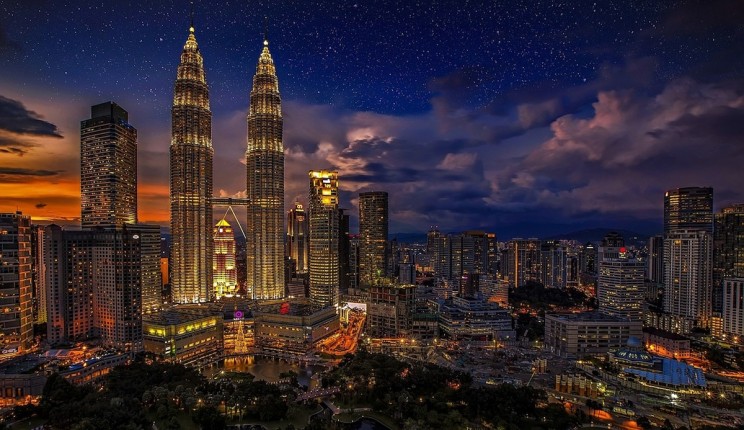5 Things You Will See in the Future of “Smart City”

In 2017, the World Bank reported that 54% of the entire global population is in cities. To put that into perspective, that is a little over 4 billion people.
Even more interesting is the fact that the United Nations reports that there are a total of 1.3 million people moving into cities every week, with the urban populations growing to 6.3 billion, or 68% by the year 2050.
Unprecedented Urban Growth
Cities are the epicenter of the world for culture, art, and technology, bringing forth a new range of economic activity as well as innovation for specific geographical areas.
Nevertheless, the rapid rise in urban populations has put a tremendous strain on global infrastructure and the environment.
Researchers and innovators have come together to describe what solutions there could be for the inevitable limited resources caused by economic growth in urban areas.
A new framework has been put into place that allows for the creation of an urban environment to adapt to the needs of the population in the most environmentally, economically, and socially conscientious way; the Smart City.
A New Framework: The Smart City
So, what exactly is a smart city? A smart city is an urban center that hosts a wide range of digital technology across its ecosystem. However, smart cities go far beyond just this definition.
Smart cities use technology to better population’s living experiences, operating as one big data-driven ecosystem.
The smart city uses that data from the people, vehicles, buildings etc. to not only improve citizens lives but also minimize the environmental impact of the city itself, constantly communicating with itself to maximize efficiency.
So what are some of the crucial components of the future smart city? Here is what you should know.
Smart Data
As stated above, data will be the beating heart of the smart city collecting data from residents, the vehicles, and remaining infrastructure in the city.
The goal will always be to asses patterns or inefficiencies to better improve living standards for the citizens.
In the smart city, you will get notifications on the best times to travel, your own personal energy usage, the safest times to travel, improve your eating habits etc.
In the smart city, you will have everything you need to know about the city, in real time, all in the palm of your hand.

Even more so, this same data could be used to better plan cities in the future for residents, creating the framework of smart cities that constantly get more efficient over time.
Smart Transportation
You have probably seen a lot of companies create vehicles that they believe will play a major role in the coming age of the smart city.
From Toyota to Renault, these companies have showcased fully autonomous vehicles, cars capable of understanding their surrounding environment to make decisions.
You might not ever drive in the smart city. You will step into a smart vehicle that communicates with the other surrounding vehicles to ensure that you get from point A to point B both as quickly as possible and as efficiently as possible.
Smart Energy
The idea of having a zero emission city is not too far away from becoming reality.
The future smart city will include a host of clean energy sources to power its city. Energy in smart cities is efficient, using less energy because of the constant real-time data collection and analysis.
These “smart grids” will constantly communicate with itself, sending energy to areas in the city that may need even more power, while conserving energy in places of the city that might not need it.
Solar and wind energy could be collected throughout the day and sent to the appropriate area.
Solar energy itself will be as common as ever, fully integrated into the roads, buildings and residential areas.
Further developments in smart grid technology, as well as clean energy solution conservation, will help bring the smart city into actualization.
Smart Infrastructure
As hinted on above, the large collection and analysis of data will play a big role in the planning of more smart cities down the road. With the data collected, city planners and architects could create buildings that are optimized for people based on previous data.
City areas or technologies that were nonexistent can be tested on citizens to ensure that they truly benefit citizens.
Even more so, smart infrastructure allows for the prevention of public health issues, potentially stopping airborne illnesses or water contaminations before they even happen.
Smart IoT
The devices that bring everything together; the data from the people, infrastructure, vehicles, etc. are what will help bring the smart city into fruition.
Though there is some controversy behind it, properly integrating IoT the daily life of citizens will ensure city life is at its highest quality.

As stated by Scott Allen, CMO of FreeWave Technologies “a wide range of reporting devices such as sensors, visibility devices and other endpoints that create the data that makes a smart city work.”
“With this information, freely exchanged, complex city systems can be managed in real-time and, with sufficient integration, to minimize unintended consequences. “
What do you think it will be like to live in a Smart City?
Source: Interesting Engineering
